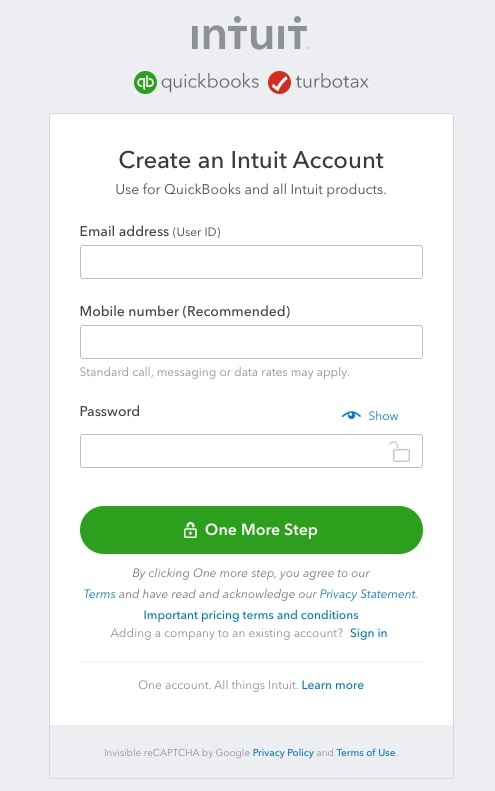- UK QuickBooks Community
- :
- QuickBooks Q & A
- :
- Transactions
- :
- Re: Supplier Credit
- Mark Topic as New
- Mark Topic as Read
- Float this Topic for Current User
- Bookmark
- Subscribe
- Printer Friendly Page
- Mark as New
- Bookmark
- Subscribe
- Highlight
- Report Inappropriate Content
Supplier Credit
Hi Everyone.
Wondering if you can help, I'm struggling with my supplier credits. I've followed the process:
New Supplier Vendor Credit
New Bank Deposit
When I go to - New Pay Bills - it isn't there.
When I run the who I owe report the transactions show as negative values - pic attached.
It's like I can't reconcile the credit to the payment. I'm not sure where I'm going wrong!
Thanks in advance.
Sarah
Solved! Go to Solution.
Labels:
0 Cheers
Best answer February 13, 2022
Solved
Accepted Solutions
- Mark as New
- Bookmark
- Subscribe
- Highlight
- Report Inappropriate Content
Supplier Credit
Thanks for coming back, @Sarah Attride.
As an additional insight, the system will only allow you to track taxes on the expense, checking, and income accounts. However, this option is unavailable when you're using the Accounts Payable or Accounts Receivable type.
To get your work done, you'll need to create a bill so you can allocate a VAT code to the transaction. This way, it will be added to the appropriate bank account and will help show the tax amount you've paid.
Once done, enter the deposit transactions from the Bank Deposit option manually and match it later with the downloaded transaction from your bank.
Here's an additional article that will guide you in applying VAT to transactions and sales forms.
Let us know if you have additional concerns. We're always around to help.
0 Cheers
6 REPLIES 6
- Mark as New
- Bookmark
- Subscribe
- Highlight
- Report Inappropriate Content
Supplier Credit
Hi Sarah Are you attempting to account for a supplier refund or attempting to attach a supplier credit to an open bill?
0 Cheers
- Mark as New
- Bookmark
- Subscribe
- Highlight
- Report Inappropriate Content
Supplier Credit
Hi John,
Thanks - a Supplier refund.
The original transaction was categorised as an expense.
The supplier cannot fulfil the order and so has refunded the money to the bank. It is this I am trying to marry up.
Thanks,
0 Cheers
- Mark as New
- Bookmark
- Subscribe
- Highlight
- Report Inappropriate Content
Supplier Credit
Thank you for providing the additional information, @Sarah Attride. I’m here to share some insights and help you reconcile your supplier refund to its payments.
A vendor credit is used to either record vendor returns or refunds from vendors. It seems that some steps were overlooked or some amounts were applied incorrectly, which is why the transactions show negative values.
To start, you’ll need to check your bank deposit and make sure it’s affecting the Accounts Payable. Before proceeding, let’s review the supplier credit if it has the same amount as the deposit.
Once done, let’s make a Vendor Credit to post it to the expense account you used for this vendor. Then, use a Bank Deposit to deposit the money from your return. Finally, use the Pay Bills option to link both transactions. With this, you’ll need to zero the amount upon saving it.
You can take a look at this article to enter a refund from a vendor. This way, we can review the detailed steps to see what we’ve missed.
If everything is set, you can then reconcile the account. Through this, we can ensure that your books are accurate.
Keep me posted if you need a hand with managing your vendor credits or refunds. It’ll be my pleasure to be of any additional help. Stay safe and have a great week!
0 Cheers
- Mark as New
- Bookmark
- Subscribe
- Highlight
- Report Inappropriate Content
Supplier Credit
Hi There, thanks for getting back to me and sorry for the slow reply. So it seems that in step two is where i've got the process wrong.
When I go ahead and set up the New bank deposit, I get this message:
You cannot track tax on accounts of types Debtors and Creditors.
Presumably I should still allocate the correct taxes here for against what I was refunded?
Please advise
Thanks
Sarah
0 Cheers
- Mark as New
- Bookmark
- Subscribe
- Highlight
- Report Inappropriate Content
Supplier Credit
Thanks for coming back, @Sarah Attride.
As an additional insight, the system will only allow you to track taxes on the expense, checking, and income accounts. However, this option is unavailable when you're using the Accounts Payable or Accounts Receivable type.
To get your work done, you'll need to create a bill so you can allocate a VAT code to the transaction. This way, it will be added to the appropriate bank account and will help show the tax amount you've paid.
Once done, enter the deposit transactions from the Bank Deposit option manually and match it later with the downloaded transaction from your bank.
Here's an additional article that will guide you in applying VAT to transactions and sales forms.
Let us know if you have additional concerns. We're always around to help.
0 Cheers
- Mark as New
- Bookmark
- Subscribe
- Highlight
- Report Inappropriate Content
Supplier Credit
Thank you for your help! I seem to have been able to clear them down now!
Many Thanks
Sarah
0 Cheers
Featured

Ready to get started with QuickBooks Online? This walkthrough guides you
th...
